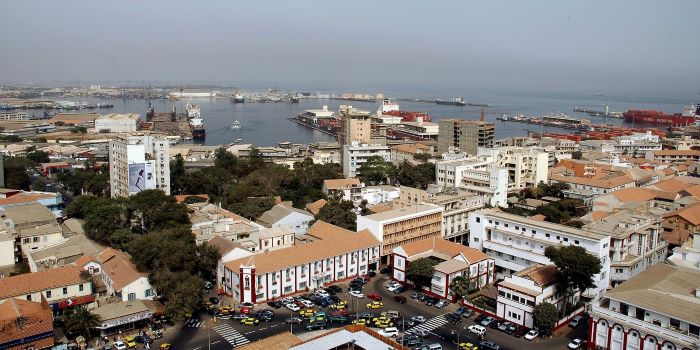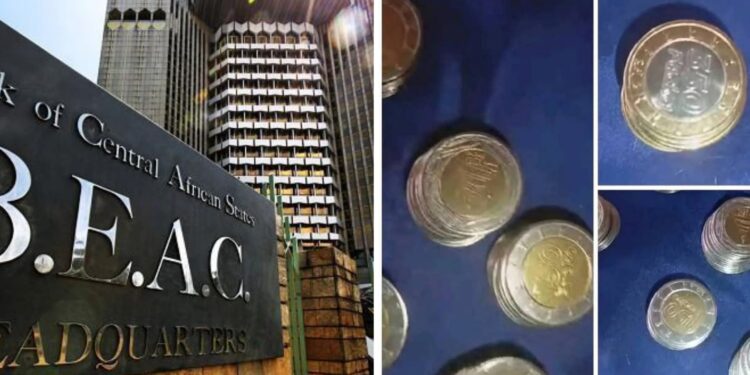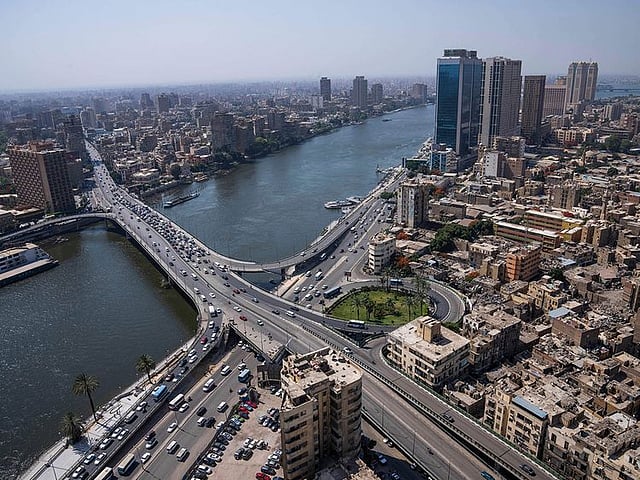Senegal’s economy cooled sharply in the first quarter of 2025 slipping by 1.2% compared with the last quarter of 2024, according to data from the National Agency of Statistics and Demography (ANSD). The fall reflects major setbacks in both the primary and secondary sectors and shows that growth without oil and gas is under real pressure.
The primary sector led the contraction with a drop of 4.1%. Agriculture plunged harder, down about 7.1%. Some sub-sectors managed modest gains: livestock rose 3.4%, forestry 1.5% and fishing about 1.1%. The secondary sector shrank by 2.8%, dragged down by construction (-7.1%), electricity generation (-3.7%), and a fall in building materials industries (-3.5%). Agri-food suffered sharply. Edible oils were down nearly 40% and dairy close to 20%. Only oil refining and water supply posted gains in that sector.
In contrast the services sector (tertiary) managed a slim growth of 0.8%, helped by healthcare (- plus 8.2%), transportation (7.4%) and public administration (3.0%). Accommodation and food services fell 8.1%, financial services dropped around 4.9%.
Demand-side pressures worsened the picture. Exports fell 8.3%, imports down 3.2%. Investment (gross fixed capital formation) declined by 6.5%. Final consumption (both household and government) was among the few bright spots, rising 4.6%.
When oil and gas are excluded, GDP fell by 1.8%. Nominal GDP in Q1 hit 4,806.04 billion CFA francs.
These figures clash with other reports which highlight a strong year-on-year growth of about 12.1% for Q1, driven largely by new oil and gas output.That growth masks deep structural weaknesses in non-hydrocarbon sectors where many firms face logistical, financial and demand-side challenges.
Meanwhile Senegal’s public debt has become a growing concern. An audit revealed widespread misreporting. Debt-to-GDP estimates were revised up sharply to nearly 119% by end-2024.Fiscal transparency is under scrutiny as the government moves to rebalance its books, streamline subsidies and exemptions, and better manage arrears.
Investors seem wary even as the government raises domestic bond offerings. In one oversubscribed auction, Senegal raised 364 billion CFA francs (roughly US$644 million) amid hopes that updated GDP base-year calculations will improve debt metrics by making the economy look larger relative to its liabilities.
Senegal faces a delicate balancing act. The oil and gas boom brings immediate revenue gains. But for long-term stability non-oil sectors must recover. Policies around debt, fiscal discipline, public investment and private sector activation will matter more than short-term growth bursts. The next few quarters will test whether current growth is sustainable or will prove fleeting under the weight of structural decline.
Photo – .bmz.de




